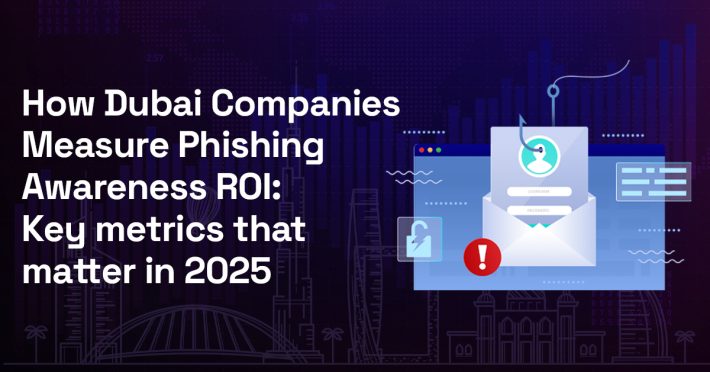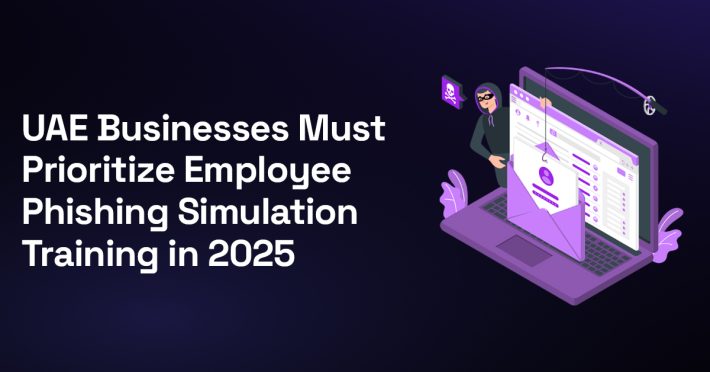Social Engineering Attacks Explained:How Hackers Trick Your Employees

In the digital age, firewalls and antivirus software are no longer enough to keep your organization safe. Hackers have evolved, focusing their efforts on manipulating people rather than breaching machines. Social engineering attacks exploit human psychology, making them among the most dangerous and successful forms of cyberattacks today.
This guide explains what social engineering is, how it works, how attackers trick employees worldwide, and provides actionable tips to protect your business.
What Is Social Engineering?
Social engineering is the art of tricking people into giving up confidential information or performing actions that compromise security. Rather than breaching a network through technical means, attackers prey on human emotions such as trust, fear, and curiosity to:
- Steal passwords and financial data
- Access sensitive emails
- Gain unauthorized entry to systems
Typical Social Engineering Attacks Types
These are some of the most common Social Engineering Attacks types organizations face:
1. Phishing
Phishing emails or messages urge employees to click malicious links or download dangerous attachments from what seem like trustworthy sources.
- Example: A phishing email disguised as an invoice from a medical supplier led a U.S. healthcare provider to accidentally grant hackers access to sensitive patient data.
- In Dubai, a real estate company received fake “verification” emails, resulting in malware being installed on their systems.
2. Spear Phishing
Unlike generic phishing, spear phishing targets specific individuals or roles. Messages are meticulously crafted to seem authentic.
- Example: A CFO in Abu Dhabi received a genuine-looking request from the “CEO” for an urgent wire transfer. The attacker had forged the tone, signature, and bank details.
3. Smishing & Vishing
- Vishing: Voice phishing via phone calls
- Smishing: SMS phishing via text messages
Examples:
- California startup employees got fraudulent texts about PayPal threats, leading to a fake login page where credentials were stolen.
- In Dubai, a scammer claiming to be from a bank’s fraud department convinced a victim to share an OTP, resulting in significant financial loss.
4. Baiting
Attackers entice victims with tempting offers (like “free” USB sticks or downloads) that actually install malware.
- Attackers in a UAE office left “Confidential Salary Info” USB drives, resulting in spyware infections.
5. Tailgating or Piggybacking
Physical security is breached when unauthorized individuals follow employees into office buildings.
- In Washington D.C., an attacker in a delivery uniform tailgated into an office and stole documents.
- In Dubai’s Business Bay, a thief posed as a water delivery person to access unattended company devices.
Why Social Engineering Works
Attackers succeed because they exploit human nature not technology. Their psychological levers include:
- Authority: Pretending to be managers, law enforcement, or bank staff.
- Urgency: Pressuring targets to act quickly and skip verification.
- Trust: Imitating people or organizations the target knows.
- Fear: Threats of job loss, legal trouble, or financial penalty.
- Curiosity or Greed: Luring with offers, salary updates, or “exclusive deals”.
Real-World Consequences
- Damaged Reputation
- A Dubai logistics firm lost both funds and client trust after attackers spoofed emails and diverted payments.
- A Dubai logistics firm lost both funds and client trust after attackers spoofed emails and diverted payments.
- Financial Loss
- The FBI’s 2023 report notes U.S. businesses lost over $2.7 billion to business email compromise.
- The FBI’s 2023 report notes U.S. businesses lost over $2.7 billion to business email compromise.
- Legal Liabilities
- Data breaches may breach GDPR, HIPAA (US), or PDPL (UAE), leading to fines and lawsuits.
- Data breaches may breach GDPR, HIPAA (US), or PDPL (UAE), leading to fines and lawsuits.
How to Protect Your Organization
Defeating social engineering demands a people-centered, proactive approach—not just technology.
1. Regular Employee Training
- Teach staff to spot phishing emails, suspicious calls, and unusual requests.
- Run mock phishing drills and reward caution.
- Offer training in all relevant languages (e.g., English and Arabic in the UAE).
2. Verify Before Trusting
- Employees should always independently verify unusual requests, especially financial ones.
- Confirm bank changes by calling a known contact, not using numbers from the email.
3. Implement Multi-Factor Authentication (MFA)
- Even if passwords are compromised, MFA acts as a security backstop.
4. Use Principle of Least Privilege
- Grant employees access only to the systems and data necessary for their jobs.
5. Secure Physical Premises
- Deploy access controls and train guards to check IDs and discourage tailgating.
- Ensure computers auto-lock when unattended.
6. Regular Security Audits
- Engage experts to test both digital and human vulnerabilities through red team exercises.
Quick Checklist: Signs of a Social Engineering Attempt
- Sudden urgency or fear in an email or call
- Requests for login credentials or payment changes
- Messages with strange or misspelled URLs
- Unexpected attachments or downloads
- Unfamiliar individuals tailgating into office buildings
Train your employees to pause, question, and verify because the price of blind trust can be devastating.




